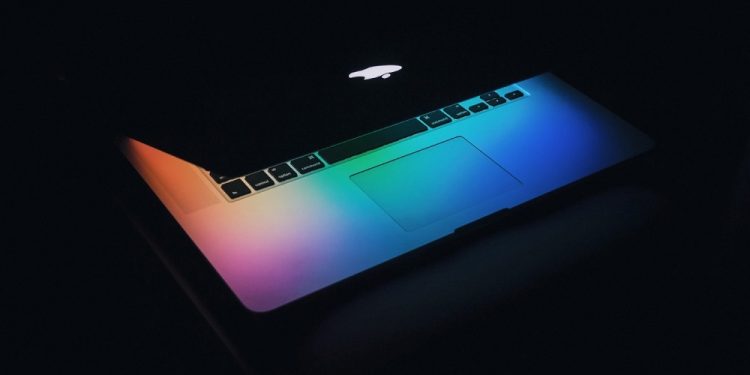Everyone anticipates huge improvements and even larger updates with the next macOS High Sierra or Mojave update. Among all the new features, the most significant problem revealed is the sleep wake failure on Mac. The sleep wake failure on Mac occurs when your Mac does not wake up from sleep or back restarts without warning. We’ve all been there and have been researching why this occurs and how to fix sleep wake failure on Mac. This issue leads to lost work and other problems, particularly on the road. The failure code for the sleep wake failure error is 0xffffffff 0x0000001f. This reoccurring issue must be resolved once and for all, and we are working on it.
Sleep Wake Failure On Mac? How To Fix
We’ll go through how to fix sleep wake failure on Mac. Our team tried and tested these solutions, and they performed well. First, let’s look at how to fix sleep wake failure on a Mac.
Switch Mac Off And Back On Again
Yes, we realize this is a basic method, but it is frequently effective and works wonderfully. This will likely work for you as well, and forcing your Mac to turn off and on again will grant you access to your Mac. To fix sleep wake failure on your Mac; we will teach you how to turn your Mac off and back on again forcibly.
1 – Hold the power button until your Mac does not shut off.
2 – After turning off the Mac, wait 10-15 seconds before turning it back on.
Check to see whether your issue is still present.
Check For Brightness And Power
Before you do anything, check the most apparent options. Is your screen’s brightness set to the lowest setting? Check to see whether your Mac is turned on. Is it enabled when you use an external display? Is your Mac hooked into a power source? Also, is there a battery drain if you have a MacBook? You may only sometimes have your Mac in sleep mode. The screen’s brightness is most likely only adjustable lower down. It’s also conceivable that you shut down your MacBook. It will instantly fix your sleep wake loss dreams by altering the brightness of your Mac or turning it on.
Reinstall macOS
If you have previously altered the brightness of your display, tested your connection, and reset your Mac, and it still wakes up to a black screen, you may need to reinstall macOS. Reinstall macOS without totally formatting your Mac. However, the usual guideline is to offer a backup before resetting your operating system. Then, when you experience data loss, you’ll realize the importance of having a backup.
SMC And NVRAM Reset
An SMC and NVRAM reset is a common troubleshooting approach for resolving display and power issues. For example, if your Mac is stuck on a blank screen every time you wake up, you might try resetting the SMC and NVRAM. Here’s a step-by-step instruction to do the reset.
1 – Turn down your Mac.
2 – Unplug the power cable.
3 – For 10 seconds, hold down the Shift, Control, Option, and Power keys.
4 – When finished, release all of the keys at once.
5 – Reconnect your power cable and turn on your Mac.
6 – Reboot your Mac, but hold down the Option, Order, P, and R keys for 20 seconds.
Reset Mac’s FileVault
A bug might prevent your device from obtaining all the necessary content and files on your hard drive to wake up your Mac from sleep. As a result, when it wakes up, it conflicts with your full-disk security policies, such as FileVault, and your system fails. To fix this issue, disable your full-disk encryption techniques. The hard drive should then be decrypted using third-party software. After that, re-enable the protocols for full-disk encryption. See how this resolves the problem.
Disable System Hibernation
Aside from sleep mode, which is also an option, your Mac includes a hibernation mode. The hibernate mode is a useful defensive mechanism that allows you to preserve information during a power outage. You may, however, go on with your normal activities even if this mode is not enabled. Therefore, consider disabling hibernation mode if you don’t need to hibernate your Mac and usually have difficulties waking it up. To accomplish this, open your OS X Terminal and follow these steps.
- sudo pmset autopoweroff 0
- sudo pmset standby 0
These commands will deactivate the hardware configuration in charge of activating hibernation mode. If you ever want to activate this option again, execute the commands in your OS X Terminal, but this time modify the value from 0 to 1.
Clean System Junk
System garbage, such as cache archives, failed updates, diagnostic reports, and unused file logs, may accumulate on your system over time. If they are not deactivated, they will consume valuable disk space and, worse, interfere with your machine’s functionality. To remove system garbage, you must download and install a third-party app. Then, use it on your Mac to search quickly, empty your trash, and eliminate any unnecessary files from all normal places.
Conclusion:
This annoying failure code: 0xffffffff 0x0000001f error, commonly known as the sleep wake failure on Mac, is a real pain. So we’ve identified the simplest ways to conquer it and go back to work without fear of losing your job while you put your Mac to sleep. Try one procedure after the other until the issue is resolved. Stay tuned for additional updates, hacks, and techniques to help you do your work better and solve your Mac difficulties.






